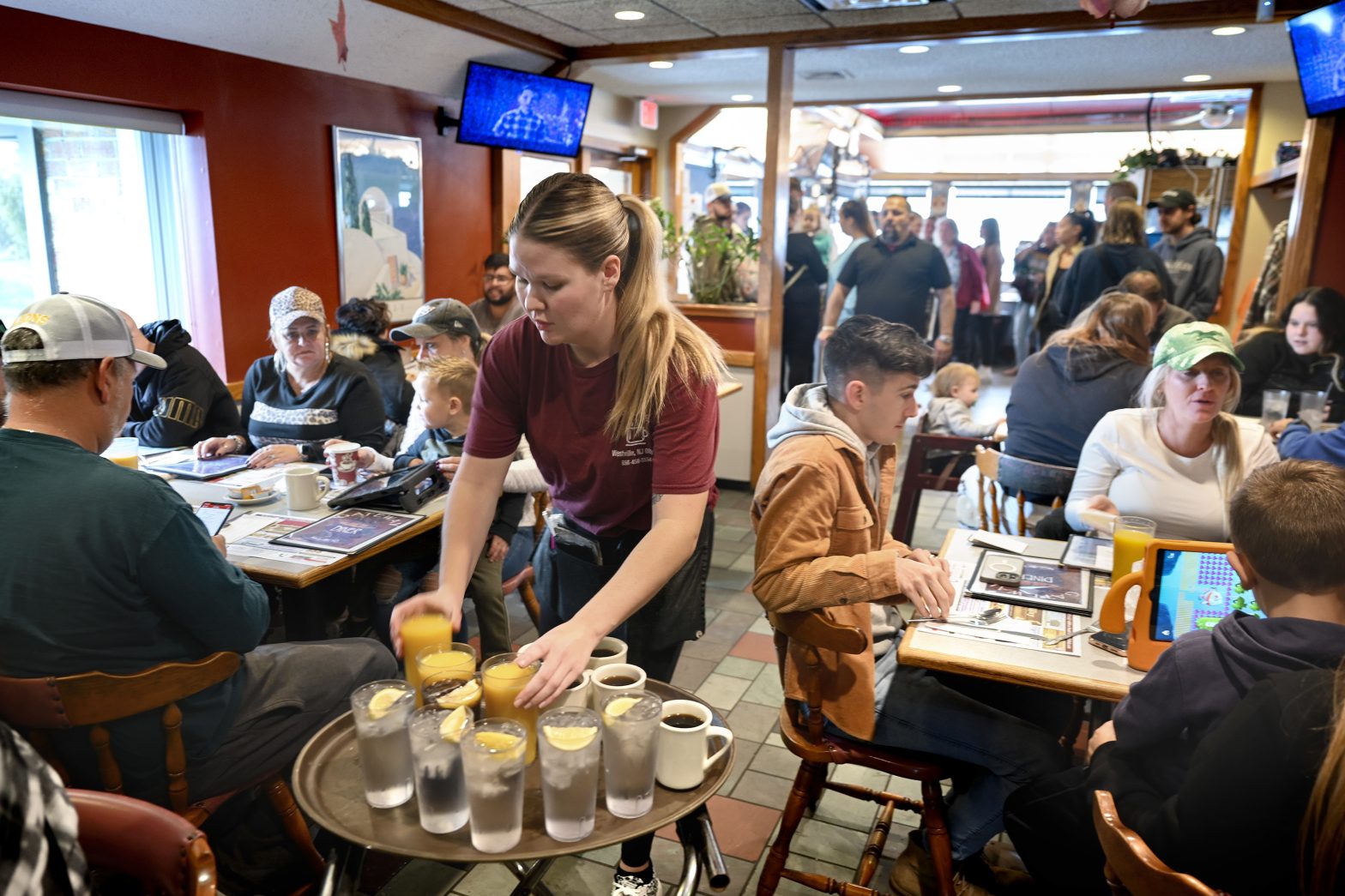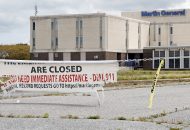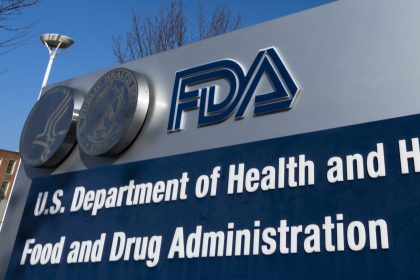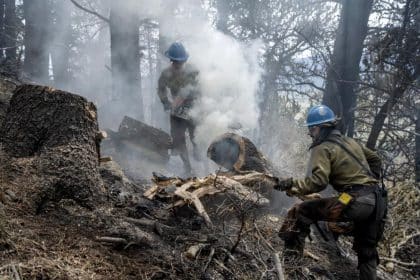Beyond the Jobs Boom: Tackling America’s Labor Shortage Crisis
COMMENTARY

The blockbuster March jobs report has many proclaiming that threats of recession are in the rearview mirror and we are in a fully recovered labor market. The economy added a booming 303,000 jobs in the month of March while the unemployment rate edged lower to 3.8%.
President Joe Biden lauded the news saying, “Today’s report marks a milestone in America’s comeback. Three years ago, I inherited an economy on the brink. With today’s report of 303,000 new jobs in March, we have passed the milestone of 15 million jobs created since I took office.”
In the midst of the victory lap, no one is talking about the reality of the situation — job growth plus low unemployment means there are simply not enough workers to fill those jobs and, as a result, America’s small business owners are still suffering.
There are many reasons for the continuing labor shortage. According to the U.S. Chamber of Commerce, the labor force participation rate is currently at 62.5%, which is more than 5% lower than in 2001.
That means that if the percentage of people participating in the labor force was the same as it was in February 2020, there would be 2.2 million more people in the workforce today.
Where are all of the workers? Some factors contributing to this decrease in labor force participation include the long-term effects of COVID-19, early retirements, lack of child care and tightened immigration requirements.
But there’s another significant factor to the labor shortage that disproportionally impacts certain industries: the changing nature of the workplace.
Since COVID, the increased demand and resulting availability of work-from-home options, flexible schedules and an increased emphasis on work/life balance have made the labor shortage increasingly difficult for employers who require workers to be physically present and on a set schedule in the workplace.
This change particularly affects the service industry, including hotels, restaurants and retailers, and leads to issues such as longer wait times, inferior customer service, shorter business hours and increased use of artificial intelligence. While AI can be helpful, personal interaction and individualized customer service is becoming less prevalent in these industries.
Employers have tried to address the shortage by increasing employee wages and benefits, but these measures have been insufficient to address the substantial absence of available workers.
Currently, the biggest challenge in addressing the U.S. workforce shortage is twofold; incentivizing people to enter or re-enter the workforce and increasing the pool of available workers.
While not a “silver bullet,” the Critical Labor Coalition, a nonprofit representing the nation’s leading employers, supports legislation that provides tax incentives for both employers and potential employees to hire from underserved communities. Additionally, increasing the talent pool by creating more visa opportunities and streamlining asylum seeker work authorizations can provide much-needed relief to our struggling business owners while helping those looking for income.
Many of these legislative initiatives have strong bipartisan support but we need political will and a functional government to get the job done. In the face of a burgeoning job market, it is crucial to highlight that the workforce shortage is a real and ongoing problem in America.
Beyond the surface of impressive employment statistics are major challenges hindering America’s economic recovery and growth. The disconnect between job availability and workforce participation reveals a complex web of societal and economic shifts that demand innovative and inclusive solutions.
The strides made in job creation should be applauded, but not at the expense of keeping many potential workers on the sidelines.
By fostering a labor market that values inclusivity, flexibility and support for all, we can ensure that our economic recovery is not just a temporary surge, but a lasting foundation for prosperity that benefits every American.
Misty Chally is the CEO of Capitol Solutions LLC. and the executive director of the Critical Labor Coalition, a nonprofit organization representing the nation’s leading employers. She can be reached on X.
























